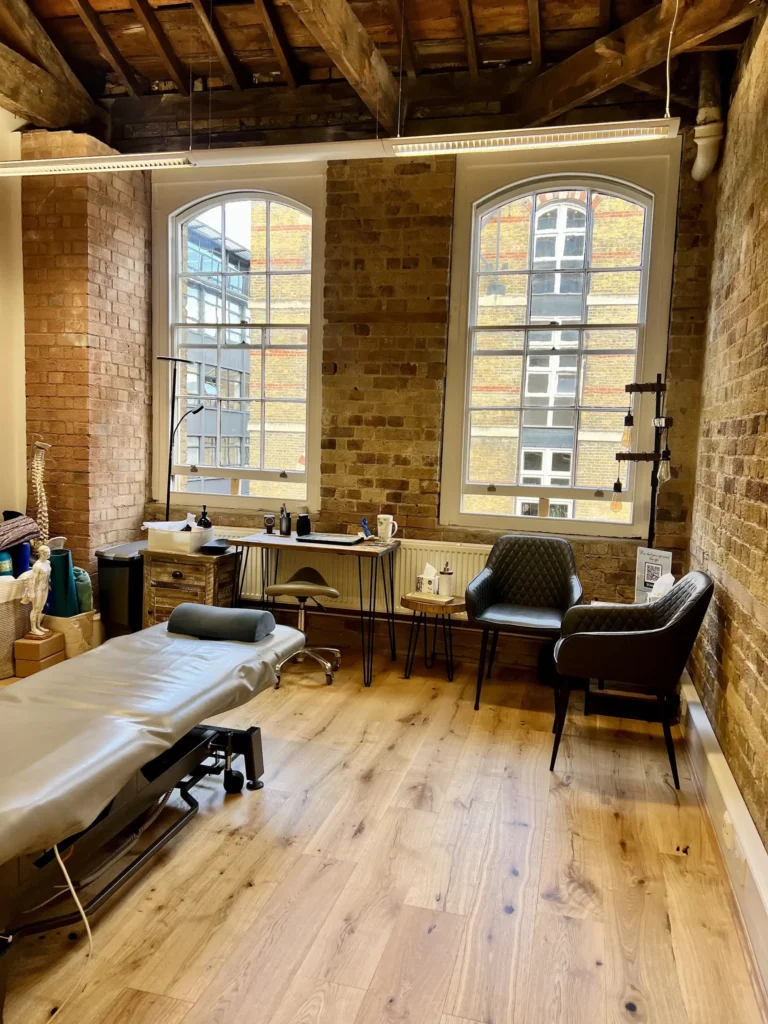Pelvic Floor Conditions
Conditions
Pelvic Floor Conditions
Pelvic floor conditions involve dysfunction of the muscles and tissues supporting the pelvic organs. This can lead to symptoms like incontinence, pelvic pain, and organ prolapse. Causes include childbirth, surgery, aging, and chronic straining.
Standard Medical Approach:
- Diagnosis: Physical exams, imaging, and sometimes urodynamic testing.
- Treatment: Medications, physiotherapy, surgery, and pelvic floor exercises.

Hito Holistic Approach
- Diagnosis: Detailed assessment of visceral entrapments, posture, diet, lifestyle, stress, and energetical or emotional health.
- Treatment: Depending on the symptoms and condition we can use a different approach. However, it is very important to make a visceral assessment to understand if there are specific organs entrapments or restriction due to abdominal scars. Then with the visceral induction therapy we can release the single organs or related ligaments holding the organs in place until the abdomen would be fully relaxed and symptoms should start fading. Pelvic floor exercises using Kegels for example are the key to increase reproductive and urinary organs blood flow and strength, reduce incontinence, increase erection and ejaculation, improve sexual pleasure and intimate connection. In ayurvedic medicine the pelvic floor is related to the base chakra (family, roots, survival instinct or status, grounding, bones and bone marrow) which is also corresponding to the pubic bone and the coccyx. So, it is important to rebalance them singularly and together, and in association with the brown and crown chakras. In Chinese medicine relates to the bladder, kidney, conception and governor meridians, so acupuncture can make the difference. Emotionally to the lack of roots, missing family, survival status, fears, lack of grounding. Mindful practices such meditation and sound bath to relax the mind, journaling to process trauma and let go, breath work and grounding techniques to reconnect with the own roots and family origin can be very helpful.
